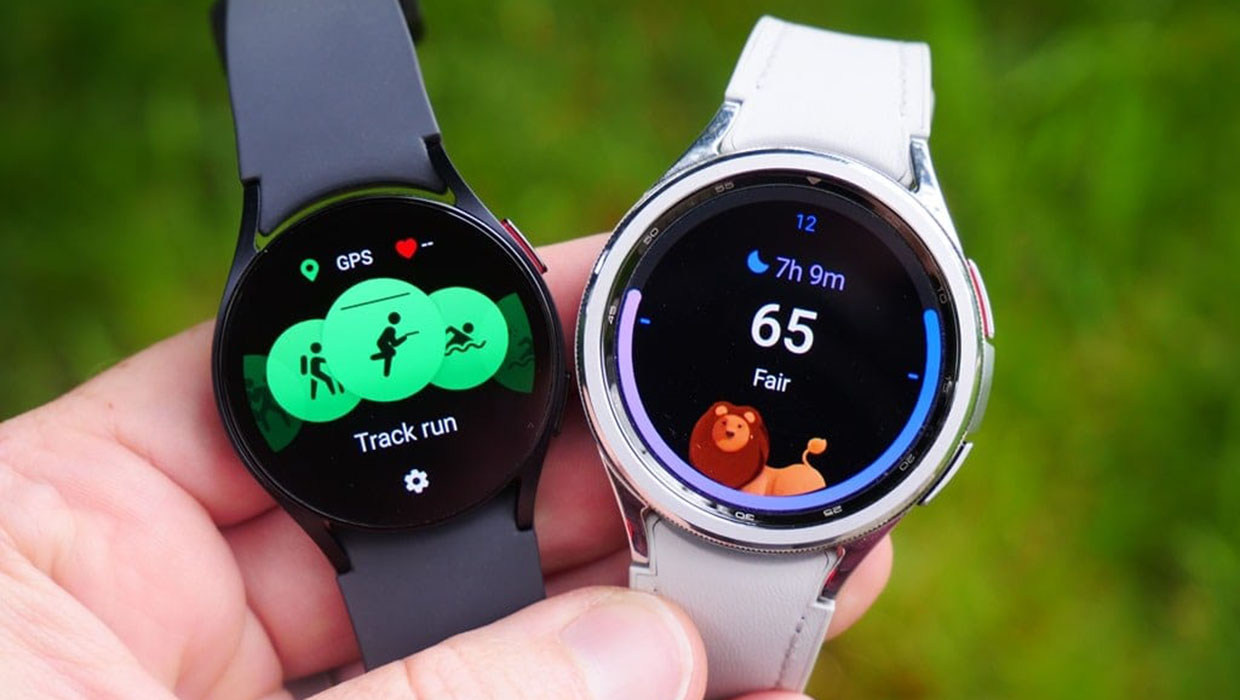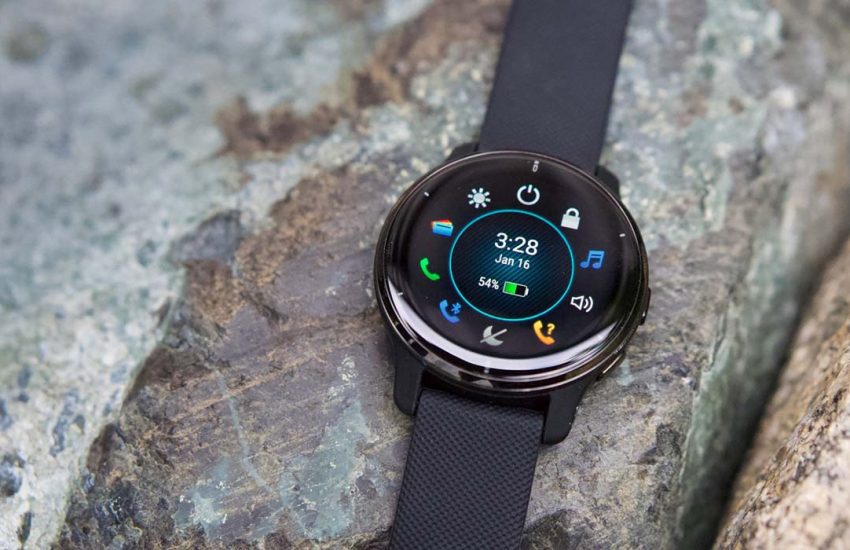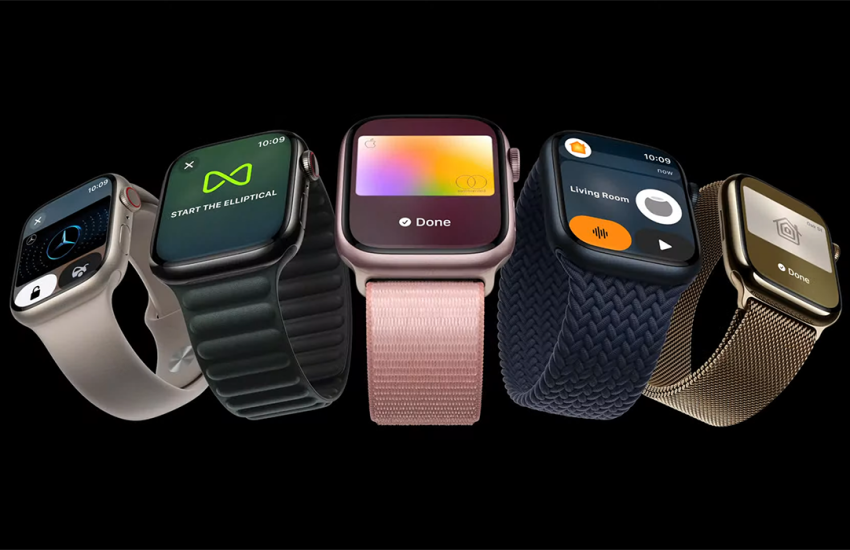Android or Apple Watch? Key Factors for Choosing the Right Smartwatch
In this age of connectivity, smartwatches are far more than just timepieces—they’re health assistants, workout partners, personal secretaries, and even fashion accessories. Whether it’s Apple’s Apple Watch or Android’s Samsung Galaxy Watch, Huawei Watch GT, Xiaomi Watch, or Google Pixel Watch, nearly every brand is creating its own “wrist-based smart ecosystem.”
Gazelle.com – Buy Smart. Sell Easy.
Trade in your old phone, tablet, or laptop at Gazelle.com and get instant cash offers.
Or shop certified pre-owned devices that look and work like new — all fully tested and guaranteed.
Simple. Secure. Sustainable.
But here’s the challenge: with so many brands, complex model differences, and a wide range of features, how do you choose the right one? Should you join the Apple Watch crowd, or trust the flexibility and variety offered by the Android camp? Especially for first-time buyers, it’s easy to end up “overpaying,” “buying the wrong one,” or “letting it collect dust.”
Let’s explore the key decision points for buying a smartwatch—from system compatibility, feature sets, fitness tracking, and battery life to design and price-performance ratio. We’ll also compare Android and Apple head-to-head so you can choose the one that best fits your lifestyle.
1. How to Choose a Smartwatch: First Know Your Needs
The first step isn’t looking at specs—it’s asking yourself: Why do I need a smartwatch? Different user groups have completely different expectations for their smartwatch:
• Light users: message alerts, call notifications, time checking, setting alarms
• Health-focused: real-time heart rate monitoring, blood oxygen tracking, sedentary alerts, sleep analysis
• Fitness enthusiasts: GPS tracking, pace monitoring, calorie burn, wide range of workout modes
• Productivity seekers: schedule management, voice assistant, NFC for transit/payment/access
• Style-conscious: stylish design, customizable watch faces, interchangeable straps, premium materials
Once you’ve clarified your needs, the next step is to choose the right system.
2. The Core Battle: Android vs Apple WatchOS
Apple Watch (watchOS) Ecosystem
Representative products: Apple Watch SE, Series, Ultra
Advantages:
• Seamless pairing with iPhone: sync notifications, iMessage, answer calls, control music, find your phone, remote photography
• Powerful health system: ECG, fall detection, menstrual cycle tracking, blood oxygen monitoring
• Mature app ecosystem: App Store offers a variety of dedicated watch apps (such as Keep, NetEase Cloud Music, WeRead, etc.)
• Smooth operation and excellent user experience
Disadvantages:
• Requires an iPhone—cannot pair with Android phones
• Battery life is average (needs charging every 1–2 days)
• Generally high price point
Android Camp (Wear OS / Custom OS)
Representative brands: Samsung Galaxy Watch (Wear OS), Huawei Watch, Xiaomi Watch, Amazfit, Google Pixel Watch
Advantages:
• Broad selection of brands and price ranges—from $30 to over $400
• Most models support both iOS and Android (with more complete features on Android)
• Some brands focus on battery life—Huawei, Honor, Xiaomi offer up to 2 weeks
• Some models support eSIM for standalone calling, GPS, and music—no phone needed
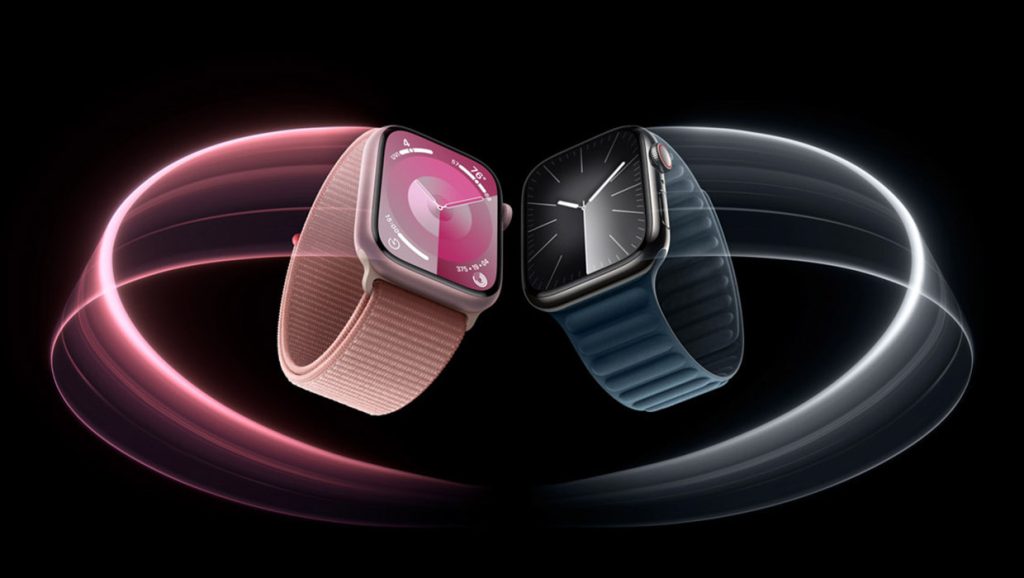
Disadvantages:
• Wear OS lacks the app richness of watchOS
• Varying user experience depending on the brand
• Not as tightly integrated and smooth as Apple Watch
3. Feature Breakdown: Students, Professionals, Fitness Fans—What to Choose?
(1) Notifications and Productivity
• Apple Watch excels in sync, voice replies, calendar integration, and Siri functionality. If you often use iMessage, iPhone calendar, or Siri, it’s a powerful productivity tool.
• Android watches like the Pixel Watch or Samsung Galaxy Watch also support Google Assistant, Gmail, and calendar sync—but voice assistant experiences are not as polished, especially with Chinese brands.
(2) Health and Fitness Features
| Feature | Apple Watch | Android Watch (Galaxy example) |
| Heart Rate | Real-time + history trends | Real-time + zone analytics |
| Sleep Tracking | Accurate, highly visual | Detailed data (may need companion app) |
| SpO2/ECG | Supported on SE and up | Supported on high-end Galaxy/Huawei |
| Workout Modes | 90+ modes | 100+ modes |
| GPS Accuracy | High | Some models even better |
From hands-on use, Apple has more refined health algorithms and easier-to-read data. Android brands tend to be more aggressive in hardware—for example, the Huawei Watch GT can track heart rate and sleep continuously for 7 days while maintaining long battery life, ideal for health-conscious and active users.
(3) Design and Comfort
• Apple Watch uses a square design and comes in aluminum, stainless steel, and titanium, with a wide variety of bands (Nike, Hermès, sport models).
• Android watches mostly use round faces, resembling classic watches. Galaxy Watch looks businesslike, Huawei GT is outdoor-light, while Amazfit goes minimalist.
Recommended for Students/Young Users:
• Apple Watch SE (lightweight, essential features)
• Xiaomi Watch 2 Pro (Wear OS, customizable faces, stylish design)
• Amazfit GTR Mini (slim, lightweight, long battery life)
Recommended for Professionals/Productivity Users:
• Apple Watch Series 9 (interactive, Siri-powered)
• Samsung Galaxy Watch6 (professional look, native Wear OS)
Recommended for Fitness/Health Focused Users:
• Huawei Watch GT 4 (powerful health tracking, 14-day battery life)
• Amazfit GTR 4 (detailed modes for running, hiking, swimming)
4. Battery Life: A Deal-Breaker for Some
| Model | Tested Battery Life |
| Apple Watch SE | ~1.5 days |
| Apple Watch Ultra | Up to 3 days |
| Galaxy Watch 6 | 2–3 days |
| Huawei Watch GT 4 | 10–14 days |
| Amazfit GTR 4 | Around 12 days |
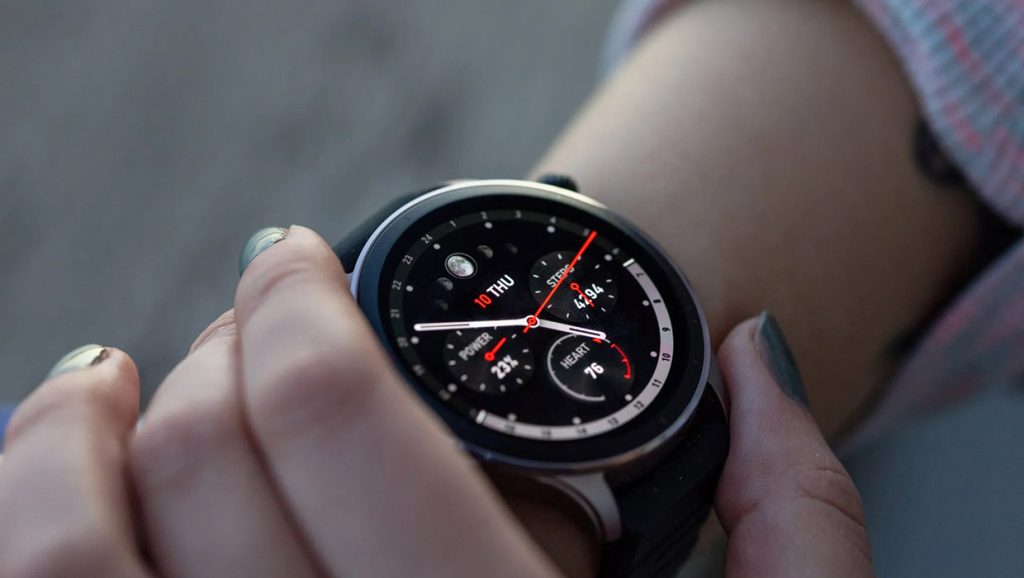
Bottom line:
• If you want to charge only once a week, go for long-lasting Android options like Huawei, Honor, or Amazfit
• If you’re an iPhone user and already charge daily, the Apple Watch’s short battery life is manageable
5. Buying Advice: How to Avoid Mistakes
1. Don’t Be Tempted by Ultra-Cheap Brands
Many budget watches under $50 seem attractive but suffer from unstable Bluetooth, inaccurate sensors, poor app support, and intrusive ads. Stick to trusted names like Apple, Samsung, Huawei, Xiaomi, Amazfit, and Honor.
2. Don’t Overpay for Features You Won’t Use
A feature-rich model is useless if you don’t need those features. If you don’t exercise, don’t get a pro fitness watch. If you always carry your phone, you don’t need eSIM support.
3. Where to Buy
Purchase from official brand stores, JD.com (in China), or Amazon. Amazon often has international versions at better prices, ideal for students or overseas users.
6. Not the Most Expensive, But the Most Suitable
Whether it’s an Apple Watch or an Android-based smartwatch, each product has its ideal user. The key is understanding your own use case and budget—choose based on your ecosystem and needs, not just the latest trend.
If you’re an iPhone user, the Apple Watch remains the smoothest and best-integrated option. If you use an Android phone, you can select from a diverse range of models based on health, fitness, battery life, and budget priorities.
In 2025, a smartwatch is no longer a “nice-to-have” tech toy—it’s becoming an essential tool for a smarter, more efficient life. When chosen wisely, it becomes your most intimate daily assistant.
